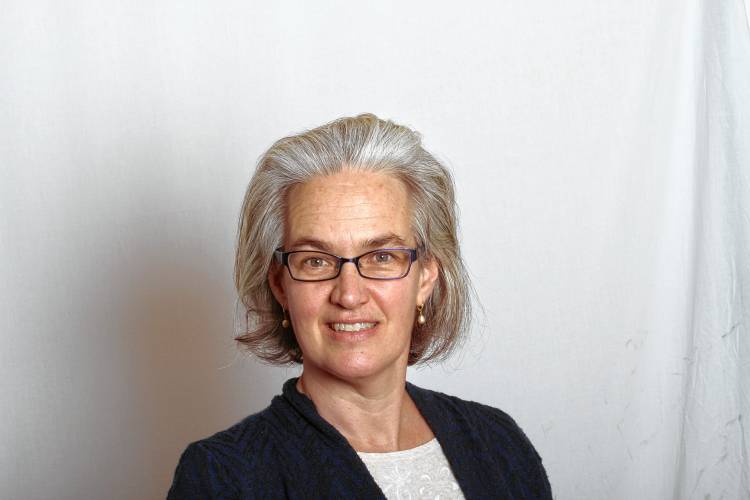Be the Change: Liza Eager – How to help people who smoke or vape

Liza Eager —COURTESY PHOTO
| Published: 06-30-2023 8:52 AM |
Did you know that it takes only 10 seconds for the chemicals people inhale when smoking or vaping to change their brain chemistry?
Nothing delivers a drug to your central nervous system as fast as inhaling does. Smoking tobacco freebases nicotine into the bloodstream via tar molecules. Vaping, which uses benzoic acid, allows markedly higher levels of nicotine to be inhaled comfortably by vapers.
Anyone with a personal or professional connection to a vaper or smoker can open a conversation with them to explore that choice. The first step is being sure you have a good rapport with the person. It takes time, patience and empathy to build relationships of trust and engagement.
If you have a connection, when it feels right you can open a conversation about smoking or vaping, remembering that it’s normal for us all to feel at least two ways about almost all of our choices.
Maybe ask:
-- When you started smoking/vaping, what did you like about it?
-- How does vaping/smoking fit in your life now?
-- Tell me about anything you don’t like about smoking/vaping?
Article continues after...
Yesterday's Most Read Articles
 Spellers strut their stuff at inaugural Greenfield Spelling Bee
Spellers strut their stuff at inaugural Greenfield Spelling Bee
 Meet the candidates in this year’s Peterborough town election
Meet the candidates in this year’s Peterborough town election
 Mary Lawler remembered for a life of service
Mary Lawler remembered for a life of service
 ConVal track and field makes its one home meet count
ConVal track and field makes its one home meet count
 PHOTOS: The Farm at Wolf Pine Hollow holds TulipFête 2024
PHOTOS: The Farm at Wolf Pine Hollow holds TulipFête 2024
Show interest in what the person is sharing with you. You don’t need to press them to quit or to cut back. Just ask open-ended questions like the ones above, and then reflect their experience back by rephrasing it to be sure you understand well.
A person’s interest in quitting isn’t constant, it varies day to day or even hour to hour. Sometimes trying nicotine patches, lozenges or gum can help people realize that maybe they could cut back.
Right now, the New Hampshire Tobacco Prevention and Cessation Program has a CDC grant that can provide support service organizations working with people with behavioral health and substance use clients with backpacks to share with clients who are interested. People with behavioral health or substance use conditions are more than twice as likely to smoke or vape than the rest of the population. Even once their behavioral health issues are well-managed or resolved, this group still tend to die younger than the rest of us because they often continue to smoke or vape.
The backpacks contain tools to help people have more room to consider quitting, including nicotine patches and lozenges, a stress ball, chewing gum, lip balm and resource information. If you would like to have a few backpacks on hand to share with your clients, please reach out to me at nhnicotineproject@outlook.com
If you want to refer someone for counseling to help them cut back or quit tobacco, you can point them to QuitnowNH (quitnownh.org) for adults or My Life My Quit (nh.mylifemyquit.org or text 36072) for teens.
Sources: New Hampshire Tobacco Cessation and Prevention Program and UVM Center on Rural Addiction
Liza Eager was the community support services program manager at Cheshire Medical Center, and is now working with the New Hampshire Tobacco Prevention and Cessation Program with the New Hampshire Department of Health and Human Services. She is a member of Be the Change – Behavioral Health Task Force, which is comprised of concerned citizens and organizations in western Hillsborough County focused on educating and promoting local resources for prevention, treatment and recovery from substance use disorders and behavioral health challenges.

 Temple Drama Club offers ‘Chronicle’ of local life
Temple Drama Club offers ‘Chronicle’ of local life Jaffrey native Cathryn M. Mercier curates museum exhibit
Jaffrey native Cathryn M. Mercier curates museum exhibit Dublin Community Center art show features animals
Dublin Community Center art show features animals Heidi Reimer to speak at Toadstool Bookshop
Heidi Reimer to speak at Toadstool Bookshop
